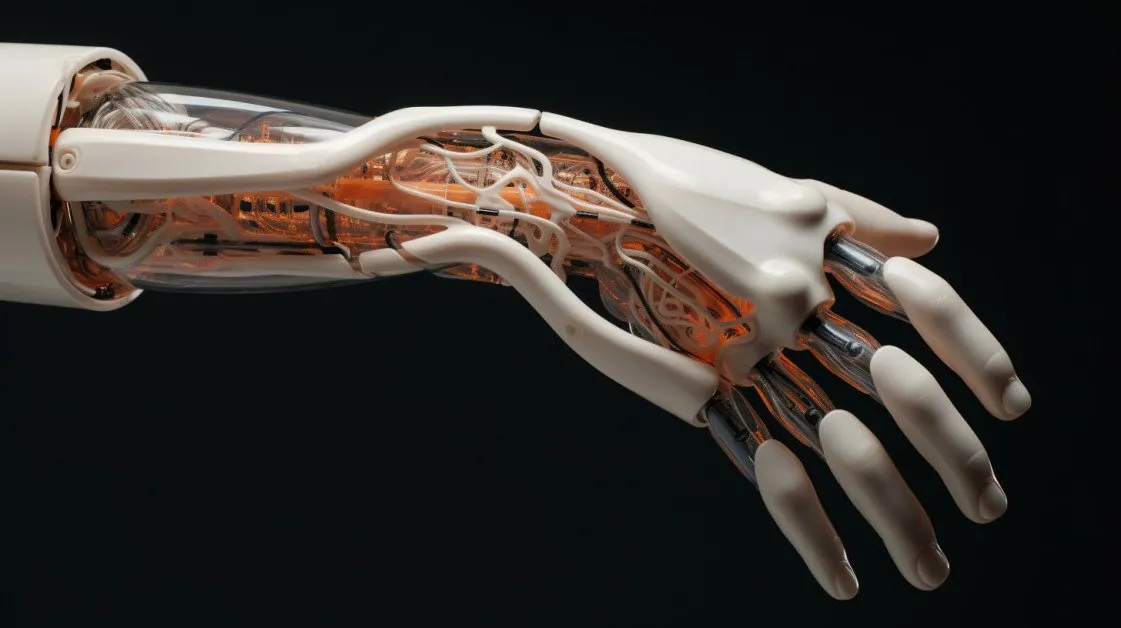Healthcare
Researchers Develop Groundbreaking Self-Sensing Artificial Muscle

Researchers from the Queen Mary University of London have pioneered an exceptional breakthrough in the field of bionics, developing a novel electric variable-stiffness artificial muscle with self-sensing capabilities. This revolutionary technology, as revealed in Advanced Intelligent Systems, stands to transform the domains of soft robotics and medical applications. With the ability to effortlessly transition between soft and hard states while also sensing forces and deformations, this artificial muscle mimics the flexibility and stretchability of natural muscle, facilitating integration into complex soft robotic systems and adaptation to diverse shapes.
Variable-Stiffness Technology and Its Potential
“Empowering robots, especially those made from flexible materials, with self-sensing capabilities is a pivotal step towards true bionic intelligence,” states Dr. Ketao Zhang, the lead researcher and a lecturer at Queen Mary.
The new artificial muscle devised by the research team exhibits a remarkable durability with a stretch capacity exceeding 200% along the length direction, making it an excellent candidate for various applications.
This artificial muscle's stiffness can rapidly change by adjusting voltages, achieving continuous modulation with a stiffness change exceeding 30 times. This voltage-driven feature provides a significant advantage in terms of response speed over other artificial muscles. Moreover, the muscle can monitor its own deformation through resistance changes, eliminating the need for separate sensor arrangements, simplifying control mechanisms, and reducing costs.
Simple Fabrication and Extensive Applications
The fabrication process for this self-sensing artificial muscle is straightforward and reliable. Carbon nanotubes are mixed with liquid silicone using ultrasonic dispersion technology and then uniformly coated to create a thin layered cathode, which also serves as the sensing part of the artificial muscle. After the liquid materials cure, a complete self-sensing variable-stiffness artificial muscle is formed.
The potential applications of this flexible variable stiffness technology are expansive, extending from soft robotics to medical applications. This technology's seamless integration with the human body opens up possibilities for assisting individuals with disabilities or patients in performing essential daily tasks. By integrating the self-sensing artificial muscle, wearable robotic devices can monitor a patient's activities and provide resistance by adjusting stiffness levels, facilitating muscle function restoration during rehabilitation training.
Dr. Zhang accentuates the significance of this research, stating, “While there are still challenges to be addressed before these medical robots can be deployed in clinical settings, this research represents a crucial stride towards human-machine integration. It provides a blueprint for the future development of soft and wearable robots.”
The groundbreaking study conducted by researchers at Queen Mary University of London represents a significant milestone in the field of bionics. The development of self-sensing electric artificial muscles sets the stage for advancements in soft robotics and medical applications, marking a crucial step forward in realizing the potential of bionic technology.














